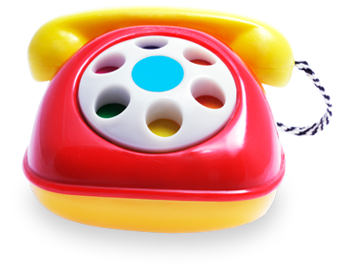Early diagnosis of juvenile arthritis can preserve joint function -- and possibly put the disease into remission. The first step is to identify the type of arthritis your child has. Juvenile idiopathic arthritis (JIA), previously called juvenile rheumatoid arthritis, includes six types of arthritis. Each subtype affects the body differently, causing varying symptoms and complications.
Oligoarticular Juvenile Arthritis
The most common type of juvenile arthritis. It causes inflammation in four or fewer joints, usually affecting the knees, ankles, or elbows. Children with this subtype have the highest risk of developing a serious, chronic inflammatory eye condition called pediatric uveitis.
Polyarticular Juvenile Arthritis
Affects five or more joints. It is more likely to cause inflammation in smaller joints, including the hands, feet, or jaw, but it can also strike weight-bearing joints such as the knees, ankles, and hips.
Systemic Juvenile Arthritis
Affects far fewer children but can be much more serious. Along with joint swelling and inflammation, it can also cause inflammation of the heart, lungs, and other organs. Early symptoms may include an ongoing fever and skin rash.
Juvenile Psoriatic Arthritis
Causes joint inflammation, especially in the fingers and toes, and a skin disease called psoriasis.
Enthesitis-related Juvenile Arthritis
Affects joints and the tissues that attach to them (tendons and ligaments). It commonly strikes the hips, knees, or feet in children.
Undifferentiated Arthritis
Refers to childhood arthritis that does not fit into any one category. Symptoms may span two or more subtypes.


